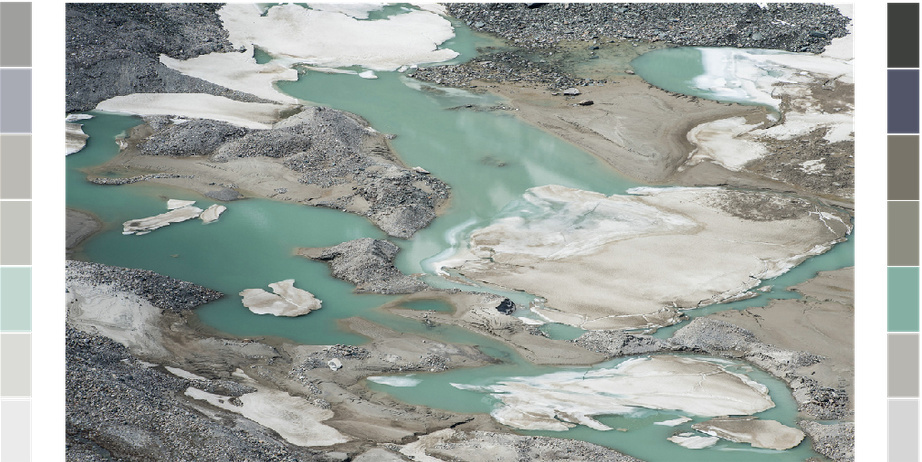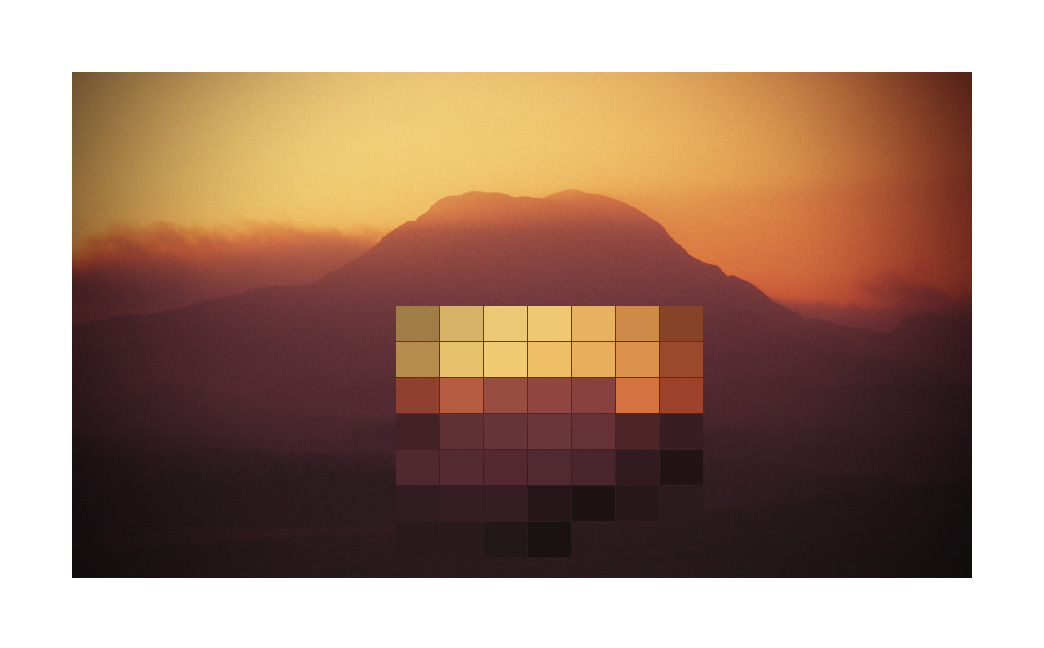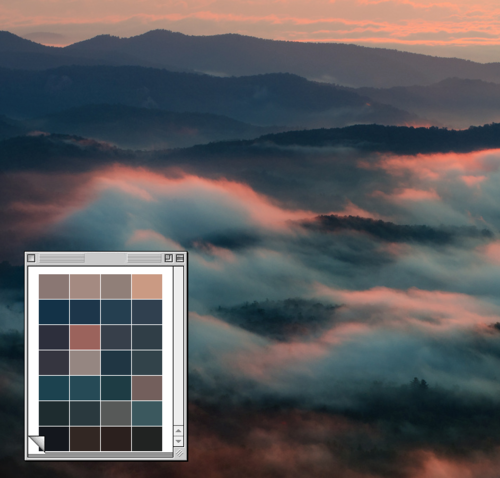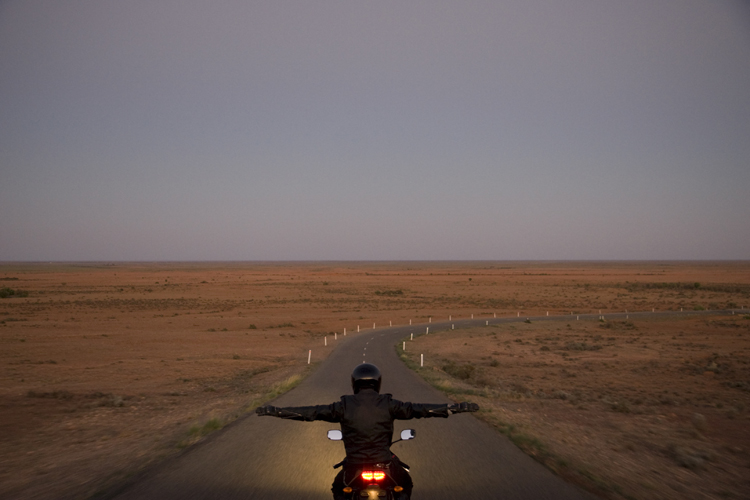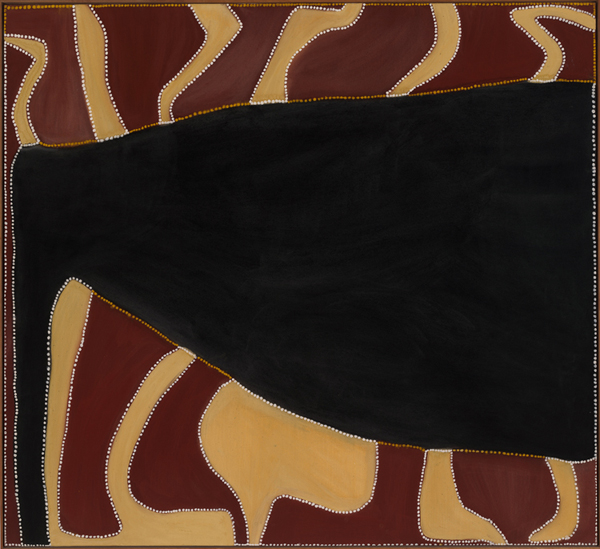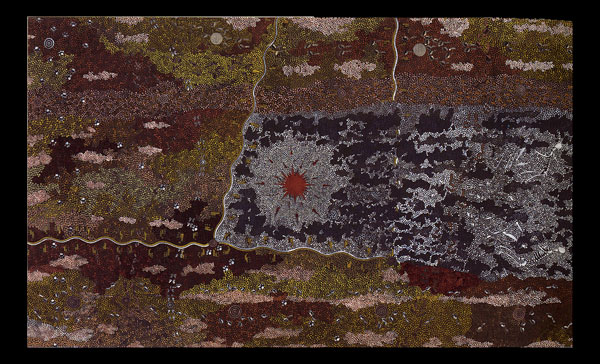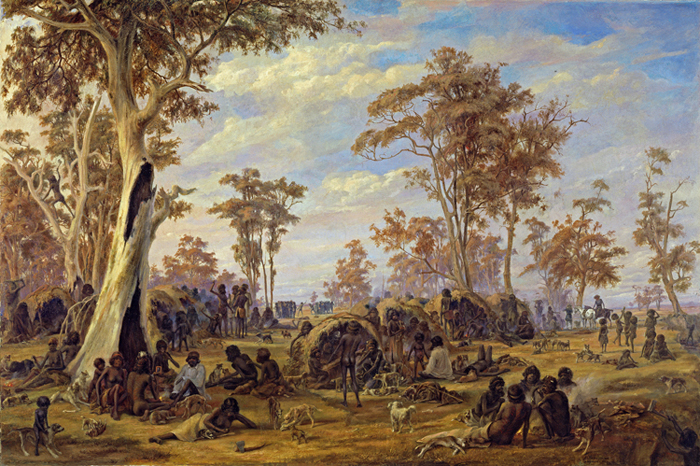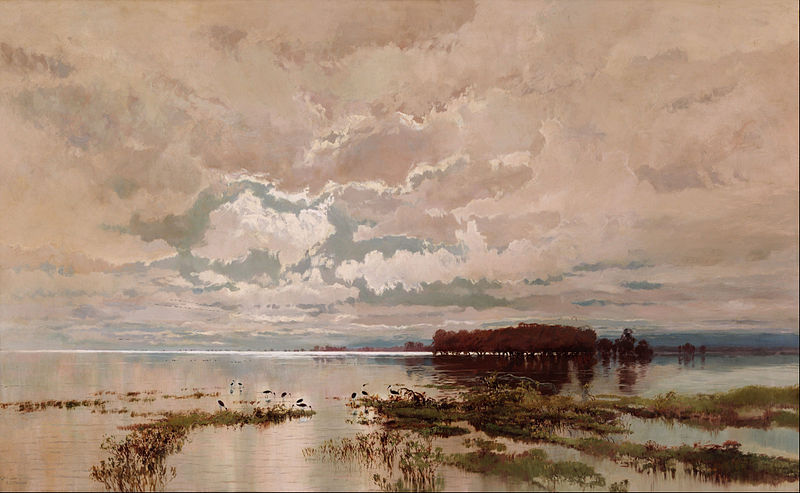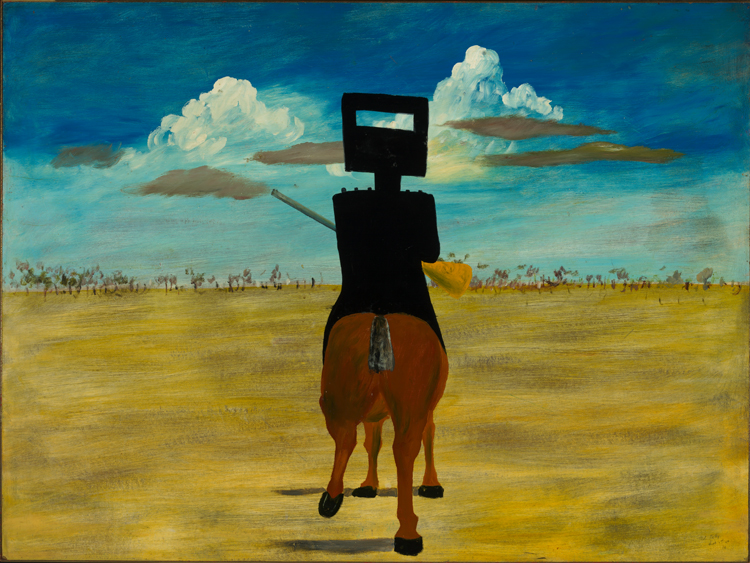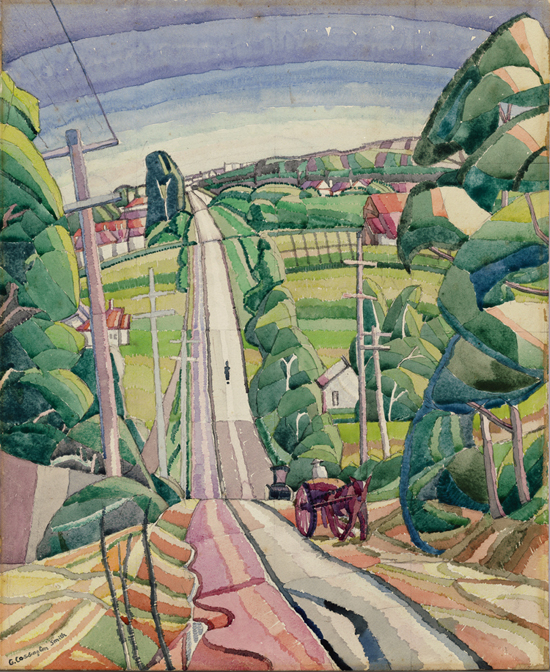I grew up skipping rocks on a small reservoir across the street from my Grandmothers house. Sometimes the rocks, though smooth on one side, seemed to jolt themselves into the water with a "plunk". One big "plunk."
But other times the rocks soared…1, 2, 3, 4, 5…..I think my all-time record is somewhere around 11, maybe 12 skips. Not only was it magical to watch the rock bounce across what seemed to be an impossible surface, but the aftereffect of seeing all those rings of water rippling outwards in perfect concentric circles was mesmerizing.
A few weeks ago I received an email. The kind that surprises and delights! I love those kinds of emails and I must say I have received my fair portion since arriving in London.
Hi Lorien,
I hope all is well. I'm an American fashion illustrator and I lived in London on and off for two years while studying at an American design school, AIU London, located near Marlyebone. I decided to start studying at London College of Fashion but I qualified for no financial aid because this isn't my first degree and so on…so I went to GoFundMe, but I seriously doubted that I could raise such a huge amount until I found your campaign! I was so inspired and your courage gave me the confidence to get it started. I started in June and 3.5 months later I reached my goal and I'm at the London College of Fashion! So I want to say THANK YOU! I know you probably had obstacles with your campaign, but you did it and that helped me. Let me know if you'd like to grab a coffee sometime.
- Kris Keys
Lorien Hall, garden designer and Kris Keys, fashion illustrator
She sent this email to me - but really it's for all of you - all of my supporters and GoFundMe contributors!!! So THANK YOU! For not only realizing my dreams, but the dreams of others who were motivated by what happened last June and July. And the rippling effect will continue from here, I know it! There are others still, who after seeing the success of my crazy campaign, were more enthusiastic to move forward, progress, take a chance….you never know until you try.
Did we meet up?
Yes - after one failed attempt (I was mentally lost in a project and totally left her waiting - bless her heart!!!) we did meet up! And we ended up talking for hours about our experiences. How similar they were! The struggle it was to ask for money. The hard days and the great days. How you just had to keep going and persevere even when it seemed truly impossible. The unexpected sources for funding. The experience of putting yourself out there in front of everyone and feeling SO vulnerable. Incredibly vulnerable. I told her that some days I literally hid under my covers, so anxious about my campaign and thinking I wanted be invisible. But the following day I would get out of bed and say, "Right. I have got one chance and this is it. I take it or leave it. I have to believe I have done this." There were a lot of pep-talks in the mirror. So we made those uncomfortable phone calls, sent emails, texts, person-to-person talks….Kris Keys even went on TV. We both worked very, very hard. The miracles and blessings came. And because of all of you and so many others - we both made it! We are both here.
Check out Kris Keys Go Fund Me Campaign and watch her awesome video to get to know her - she a talented lady with a bright future! And someday you'll be seeing her pieces on the runway...
One of her illustrations which I love
So thank you once again for the difference you made.
Xoxo,
Lorien


